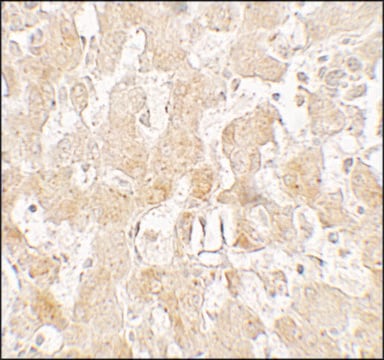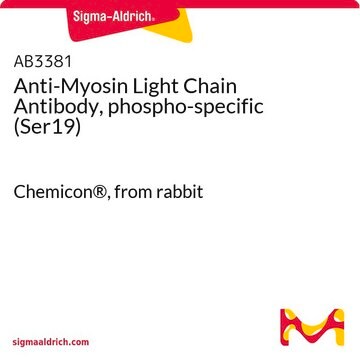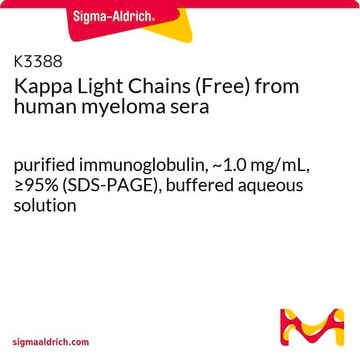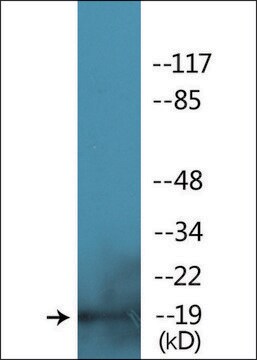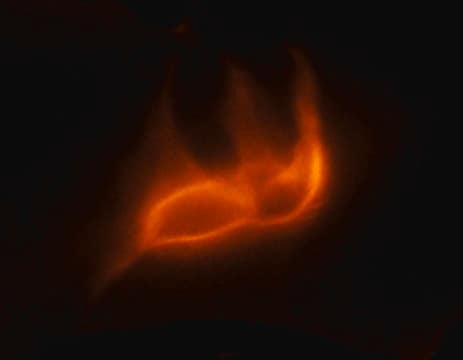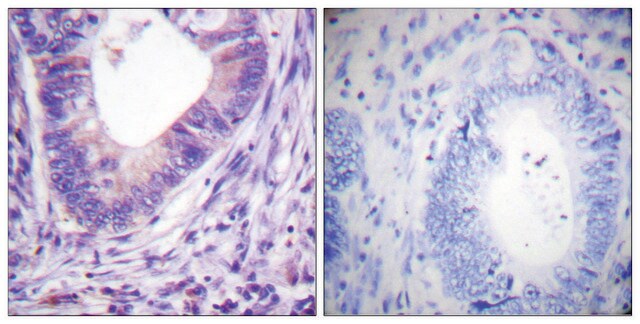U6382
Anti-UCP-1 antibody produced in rabbit
affinity isolated antibody, buffered aqueous solution
Sinónimos:
Ucp1 Antibody, Ucp1 Antibody - Anti-UCP-1 antibody produced in rabbit, Anti-Uncoupling Protein 1
About This Item
Productos recomendados
biological source
rabbit
Quality Level
conjugate
unconjugated
antibody form
affinity isolated antibody
antibody product type
primary antibodies
clone
polyclonal
form
buffered aqueous solution
mol wt
antigen ~32 kDa
species reactivity
mouse, human, rat
packaging
antibody small pack of 25 μL
technique(s)
immunohistochemistry (formalin-fixed, paraffin-embedded sections): 1:500 using protease-digested sections of mouse brown adipose tissue.
western blot: 1:1,000 using mitochondrial extract of rat brown adipose tissue
UniProt accession no.
shipped in
dry ice
storage temp.
−20°C
target post-translational modification
unmodified
Gene Information
human ... UCP1(7350)
mouse ... Ucp1(22227)
rat ... Ucp1(24860)
General description
Specificity
Immunogen
Application
Biochem/physiol Actions
Physical form
Disclaimer
Not finding the right product?
Try our Herramienta de selección de productos.
Storage Class
10 - Combustible liquids
wgk_germany
WGK 3
Certificados de análisis (COA)
Busque Certificados de análisis (COA) introduciendo el número de lote del producto. Los números de lote se encuentran en la etiqueta del producto después de las palabras «Lot» o «Batch»
¿Ya tiene este producto?
Encuentre la documentación para los productos que ha comprado recientemente en la Biblioteca de documentos.
Los clientes también vieron
Nuestro equipo de científicos tiene experiencia en todas las áreas de investigación: Ciencias de la vida, Ciencia de los materiales, Síntesis química, Cromatografía, Analítica y muchas otras.
Póngase en contacto con el Servicio técnico

